LILA LEEDS: COLLATERAL DAMAGE
On the evening of August 31, 1948, actor Robert Mitchum and three others were arrested in a narcotics bust. The subsequent fallout from that arrest cemented Mitchum’s bad-boy reputation and was more of a hiccup in a career trajectory that had him on pace to achieve major stardom.
However, for a young starlet, 20-year-old Lila Leeds, the bust would be more than a minor inconvenience. It served as a catalyst that sent the young beauty, once hailed by the MGM publicity department as "the new Lana Turner," into a downward spiral that lasted for the next twenty years.
"By God, the girl was so pretty you just stood there with your mouth open." - Jack Elam
Taken in its entirety, maybe the course of Lila’s life is not all that surprising. However, her tragedy was compounded by a series of sensational events, powerful men, and a corrupt Federal Narcotics Bureau and Los Angeles Police Department.
Lila Leeds was born in Iola, Kansas, in 1928. She ran away from home at the age of twelve and was working as a dance hall girl in St. Louis at seventeen. She was hep. She liked Jazz, and it was in St. Louis that she fell in with the Stan Kenton band and started smoking marijuana with the musicians.
She liked the way it made her feel. Like she was floating, she said. By the time she turned eighteen, Lila and her mother had moved to Los Angeles, where she was spotted on the street by former child actor Jackie Coogan. Coogan told her she was so pretty she should be in the movies, and he got her a job as a hat-check girl at Ciro’s.
She didn’t get into the movies, but she did marry a forty-year-old businessman who frequented the place enough to fall for her. The marriage was annulled after a month. Lila was still a teenager, although Lila knew she was his second wife; he had conveniently never divorced his first.
After the divorce, she took some acting classes and was spotted by a talent scout who signed her with MGM. The studio publicity department began to promote her as “the new Lana Turner.” She was blonde and buxom, and she actually did resemble Turner. Lila said of herself, "I had no trouble landing a good job; I already had the measurements."
At MGM, she appeared in some small roles. She played a small but credited role in Red Skelton’s "The Show Off," and the secretary in Robert Montgomery’s "Lady in the Lake." But most of her roles were uncredited, and she was dropped from MGM after appearing briefly in the Lana Turner vehicle "On Green Dolphin Street."
It turns out MGM did not need another Lana Turner after all. They were busy promoting their other blonde rising stars, Audrey Totter and June Allyson. Lila did manage to snag Lana’s ex-husband, Stephen Crane; the two began dating in 1946. In an odd coincidence, Crane had also conveniently forgotten to divorce his first wife before marrying, Lana Turner, his second. He also thought Lila looked like Turner, and it was a comparison the press and gossip columnists often remarked on.
The Leeds-Crane romance fizzled out, and Lila got herself engaged to a Navy lieutenant. He proposed with a valuable family heirloom engagement ring, reportedly worth one thousand dollars ($12,700 in 2023). That engagement also flamed out, but Lila never returned the ring, and the Lieutenant later sued her.
Out of work and with no studio contract, she spent her evenings at jazz clubs and smoking pot. Besides the who’s dating who gossip stories, she was linked with Orson Welles,
she also managed to get herself into the papers, but not for her acting ability; she got into a brawl with the bit player Kitty Hamilton at The Mocambo, an event the press gleefully titled "The Battle of the Blondes." The two had a rematch a few weeks later at Ciro’s. Highly publicized brawls, however, were just the start of Lila’s troubles.
In 1948, she was picked up by Warner Brothers but soon dropped after appearing in an uncredited role in the Ann Southern-Jack Carson vehicle called “April Showers” and an installment of the popular Joe Doakes short subject series. She got a break when Frank Borzage cast her in his melancholy and haunting noir drama, “Moonrise,” co-starring another ill-fated beauty, Gail Russell.
In August of 1948, a few months before “Moonrise” would hit the theaters, Lila had reason to be hopeful. Warner Bros. had reached out to her agent for a prominent supporting role in a new film, with an eye towards casting her in a number of future projects. But, on the evening of August 31, 1948, Lila’s career and life would slam into a brick wall.
Lila Leeds met Robert Mitchum through a mutual friend, Robin Ford. Mitchum, temporarily separated from his wife, and Leeds did not hit it off romantically, but they became friends and bonded over their mutual love of smoking tea (1940s slang for marijuana). On the evening of August 31, Leeds invited Mitchum over to see her new home; she was renting a cute cottage in Laurel Canyon from a friend. Lila’s invitation on that night naturally meant they would hang out and get high. Included in this group was Robin Ford and Lila’s roommate, Viki Evans. Evans, who suspiciously did not smoke that night, was the one who went to investigate suspicious sounds coming from the back of the house. Evans opened the door and let the cops in. Leeds, Ford and Mitchum were all caught in the act.
By the time the quartet arrived at the police station, the press was already there. The entire thing smelled like a set-up. The press coverage of the story went coast to coast. Lila’s statement to the police: "I have been smoking marijuana for a long time. I don’t smoke every day. I was smoking that small brown stick when you came in... I’m glad it’s over... I’m ruined."
Howard Hughes, the head of Mitchum’s studio RKO, secured a high-priced celebrity attorney, Jerry Gielser, to salvage the bad boy’s career. Lila wasn’t so lucky. She had no studio or studio boss to go to bat for her. Her agent released a statement saying, "She had a promising career and was headed for success; if she had only behaved differently, it looks now like she’s blown her career sky-high."
Lila Leeds and Robert Mitchum were both sentenced to one year in the county jail, suspended, and 2 years probation, sixty days of which to be served in the county jail.
Turns out if something smells fishy, it probably is. Mitchum and Leeds had been set up. The sting had been initiated months earlier when the narcotics bureau, after receiving a tip that Mitchum liked to smoke marijuana, began surveillance on him. Mitchum had been targeted by the Federal Narcotics Bureau working with the Los Angeles Police Department as a way to promote the department's anti-drug program. The officers had also been watching Lila enough to know to bring treats to keep her two dogs quiet.
In fact, after the arrest, the Narcotics Bureau held a press conference warning all of Hollywood that the narcotics bureau knew who the users were and they were coming after them. The arrest spearheaded a war on drugs that shifted the focus from rehabilitative prevention measures to the punitive, a policy shift that was being implemented nationwide. The bust also reawakened the calls of moral crusaders to investigate and police the morals of the movie industry.
Robin Ford suspiciously served no time for the bust. Leeds’ roommate Vicky Evans had also been arrested the night of the bust, but she served no time and quietly disappeared. Later, she was implicated and questioned by the District Attorney about her involvement in an extortion ring that targeted celebrities.
After his release, Mitchum was as popular with the bobby-soxers as Sinatra. His next films included "The Big Steal," "Holiday Affair," and his legendary pairings with Jane Russell in "His Kind of Woman" and "Macao."
Lila starred in a "just say no" exploitation film called "She Shoulda Said No" (also known as Wild Weed; The Devil's Weed; Marijuana, the Devil's Weed; and The Story of Lila Leeds and Her Exposé of the Marijuana Racket) about a chorus girl putting her kid brother through college but who hangs out with a variety of dope peddlers and pot smokers. The film was meant to capitalize on Lila’s notoriety, and that scandal, while not well received by the critics, The New York Daily News gave it one star and called it a "dreary sordid preachment against drug-taking." It was a box office hit. She would appear in one final unedited role in 1949’s “The House Across the Street.” It was her last film.
Lila just could not stay out of trouble. Drunk, she smashed up a friend's borrowed Cadillac, broke her wrist, and left the scene of the accident. She was fined fifty dollars. She then got into a brawl with the staff of an upscale café when the staff refused to serve her cocktails. Lila was told by the judge to leave California for the duration of her probation.
She made her way to Chicago, got herself engaged, pregnant, then disengaged to the son of a bigwig Chicago machine politician, started a nightclub act, and married her piano player, Irving Rochlin.
He was a heroin addict, and within a year, Lila, who had previously experimented with the drug in California, was too. In 1952, she made major headlines when she was admitted to Chicago’s Cook County Hospital for treatment for drug abuse.
The trouble never stopped. He robbed a gas station, and she tried to smuggle him drugs in prison; they pawned that heirloom family ring given to her by that Navy Lieutenant to pay for their drug habit.
In 1955, she testified before the Senate during their widely publicized Narcotics hearings; she admitted that at the height of her addiction, she and her husband were spending eighty dollars a day on their addiction (equivalent to $920.00 in 2023 money). She also told the committee about her multiple stints in rehab, including a seven-and-a-half-month stint at the government narcotics hospital in Lexington, Kentucky. "I went right back to heroin the moment I got out,” she confessed.
In 1957, Rochlin was indicted for selling narcotics, Lila got a divorce and went back to rehab.
As maligned in the press as Lila Leeds was, a few notable columnists came to her defense. They didn’t absolve her of her crime, but they did point out the hypocrisy and cruelty of the situation. Lila had lost everything and had even been banned from the state of California while Robert Mitchum went on to achieve stardom and success. In 1949, Jimmy Fidler questioned why the men in the case weren’t banished as well.
In a 1952, Paul V. Coates, in a scathing column, called out Hollywood’s hypocrisy and the way in which the power of his studio was able to influence the fan magazines and papers to rehabilitate Mitchum's public image. Lila had no such support.
In 1966, Lila Leeds was back in California, clean and helping addicts in recovery. In 1973, she became an ordained minister and continued, through her ministry, to help drug addicts.
Lila Leeds died in California in 1999; she was 71 years old
click here to to watch “SHE SHOULDA SAID NO”
Lila Leeds wrote an account of her life it was published in a memoir in 2018 click here to buy BAD GIRL of HOLLYWOOD - THE LILA LEEDS STORY (A Memoir)
Click here to get the book Robert Mitchum, Baby I Don’t Care by Lee Server which covers extensively Mitchum’s arrest and the subsequent fall out.
THE BEST OF August: Some of the best of what I watched, read and listened to last month. . .
BOOKS
The Lives of Robert Ryan by J.R. Jones
“The Lives of Robert Ryan provides an inside look at the gifted, complex, intensely private man whom Martin Scorsese called "one of the greatest actors in the history of American film."
click here to buy The Lives of Robert Ryan
L.A. Confidential by James Ellroy
I revisited this book, one of my favorites, in preparation for the upcoming "L.A. Confidential" video. This book opened the door for me into hardboiled crime fiction, and after all these years, it still packs a punch. On my reread, I was surprised by how much dialogue from the book was actually used in the film.
“L.A. Confidential is epic "noir", a crime novel of astonishing detail and scope written by the bestselling author of The Black Dahlia. A horrific mass murder invades the lives of victims and victimizers on both sides of the law. And three lawmen are caught in a deadly spiral, a nightmare that tests loyalty and courage, and offers no mercy, grants no survivors.”
click here to buy LA Confidential
YOUTUBE (Friends and Family Edition)
DOUGLAS SIRK
Hooray!!!! Miriam over at Miriam’s Vintage Classics is back with a great video about one of the kings of Hollywood Melodrama, Douglas Sirk. She delves into the book "Sirk on Sirk" and shares everything she learned about the man responsible for such lush and emotional films as “All That Heaven Allows” and “Imitation of Life.”
JAMES WONG HOWE
Marchal1937 is also back with a new video about the great cinematographer James Wong Howe. It starts with a story about filming the fight scenes from John Garfield’s classic 1947 film “Body and Soul” on a pair of roller-skates and goes deep into the life and career of a Hollywood icon.
Everyone’s Got A List
Friend of the channel Outer Galaxy Lounge has a SPECTACULAR video on the complex history of best movie lists. If you ever wanted to know why there are so many “Best of” lists and how they became so important, this deep dive video is a MUST-WATCH.
New to the Bookshelf
Bogie & Bacall: The Surprising True Story of Hollywood's Greatest Love Affair
“In Bogie & Bacall, William Mann offers a deep and comprehensive look at Lauren Bacall, Humphrey Bogart, and the unlikely love they shared. Mann details their early years—Bogart’s effete upbringing in New York City; Bacall’s rise as a model and actress. He paints a vivid portrait of their courtship and twelve-year marriage: the fights, the reconciliations, the children, the affairs, Bogie’s illness and Bacall’s steadfastness until his death.”
click here to buy BOGIE & BACALL
No Crying in Baseball –The Inside Story of A League of Their Own: Big Stars, Dugout Drama, and a Home Run for Hollywood
“Part fly‑on‑the‑wall narrative, part immersive pop nostalgia, No Crying in Baseball is for readers who love stories about subverting gender roles as well as fans of the film who remain passionate thirty years after its release. With key anecdotes from the cast, crew, and diehard fanatics, Carlson presents the definitive, first‑ever history of the making of the treasured film that inspired generations of Dottie Hinsons to dream bigger and aim for the sky.’
Click here to buy NO CRYING IN BASEBALL
and finally. . .
Cinema Cities is a one woman show written, produced, edited, researched, designed all by me, Sydney. If you’re loving this content please consider supporting Cinema Cities by becoming a paid member of this substack (you get cool extra stuff) or clicking here and joining my Patreon⭐️ (same cool extra stuff as the paid substack)
if you’re not into subscriptions you can always buy me a coffee☕️
You can find a list of essential Cinema Cities books and movies here: Cinema Cities Favorites
🎵Like the music featured in the videos on the channel?
you can find a playlist with the music I've used here: CINEMA CITIES PLAYLIST
(And, if you sign up to Epidemic Sound through the playlist link, you'll get 1 month for free!)
Email: CinemaCities1978@gmail.com
Disclosure: I may receive a commission or referral bonuses for purchases or sign-ups made through my links. I am a participant in multiple affiliate and referral programs, including Amazon and Epidemic Sound.


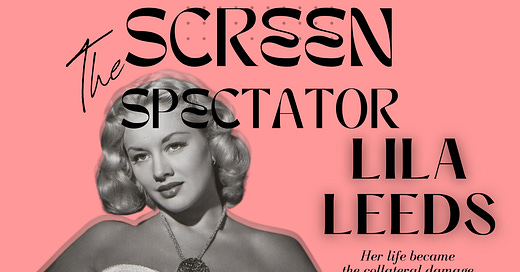




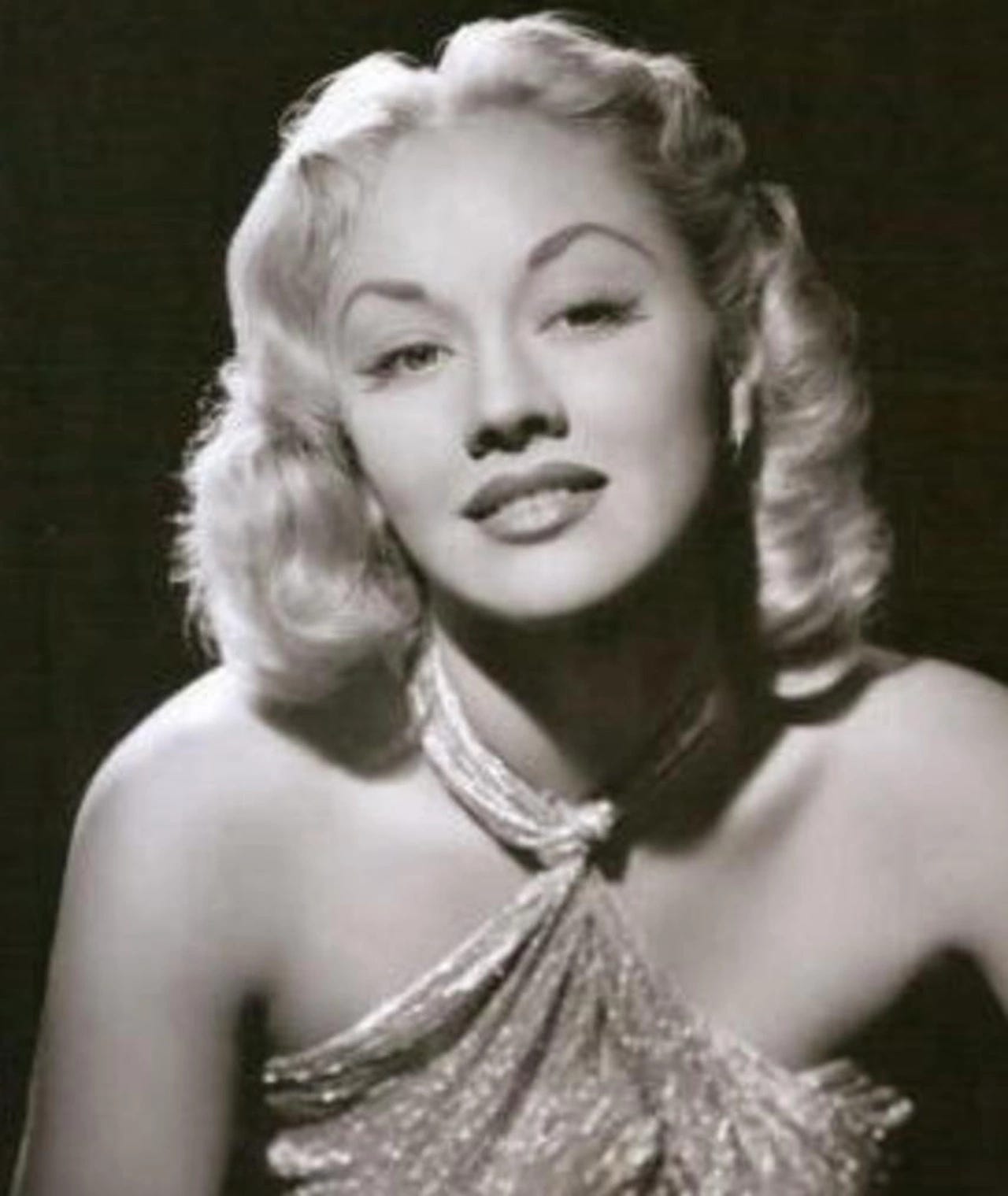
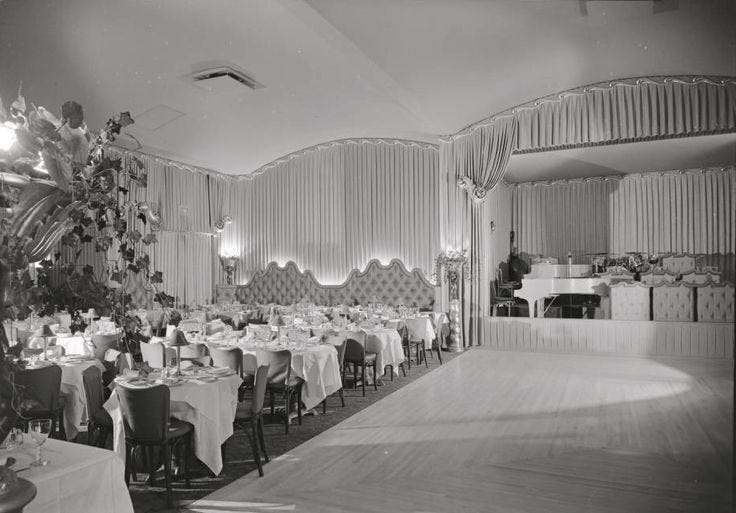

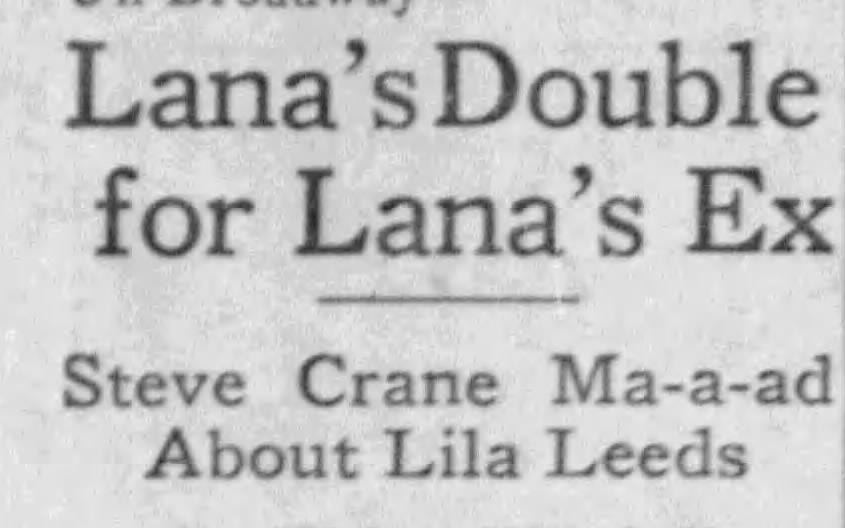

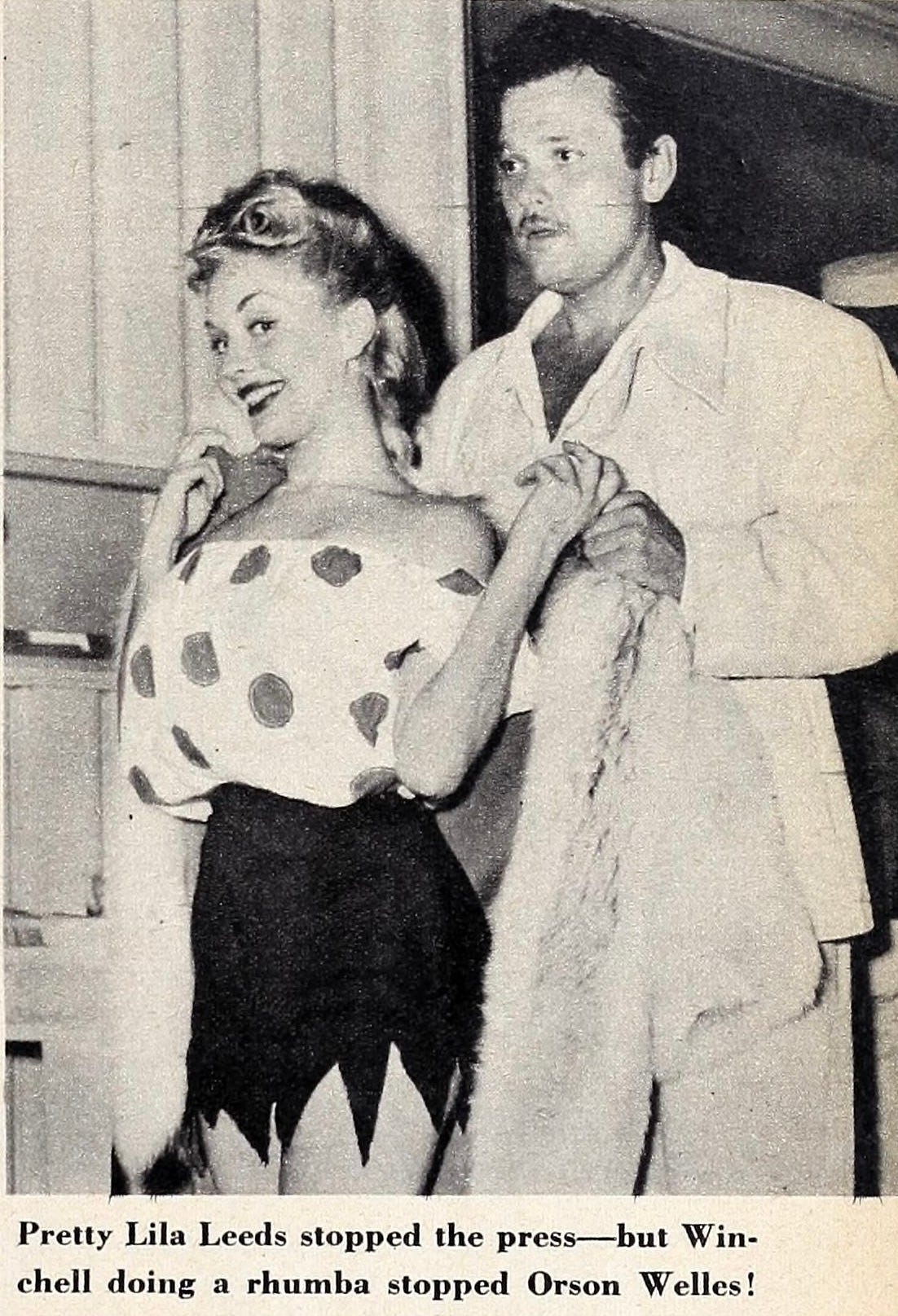

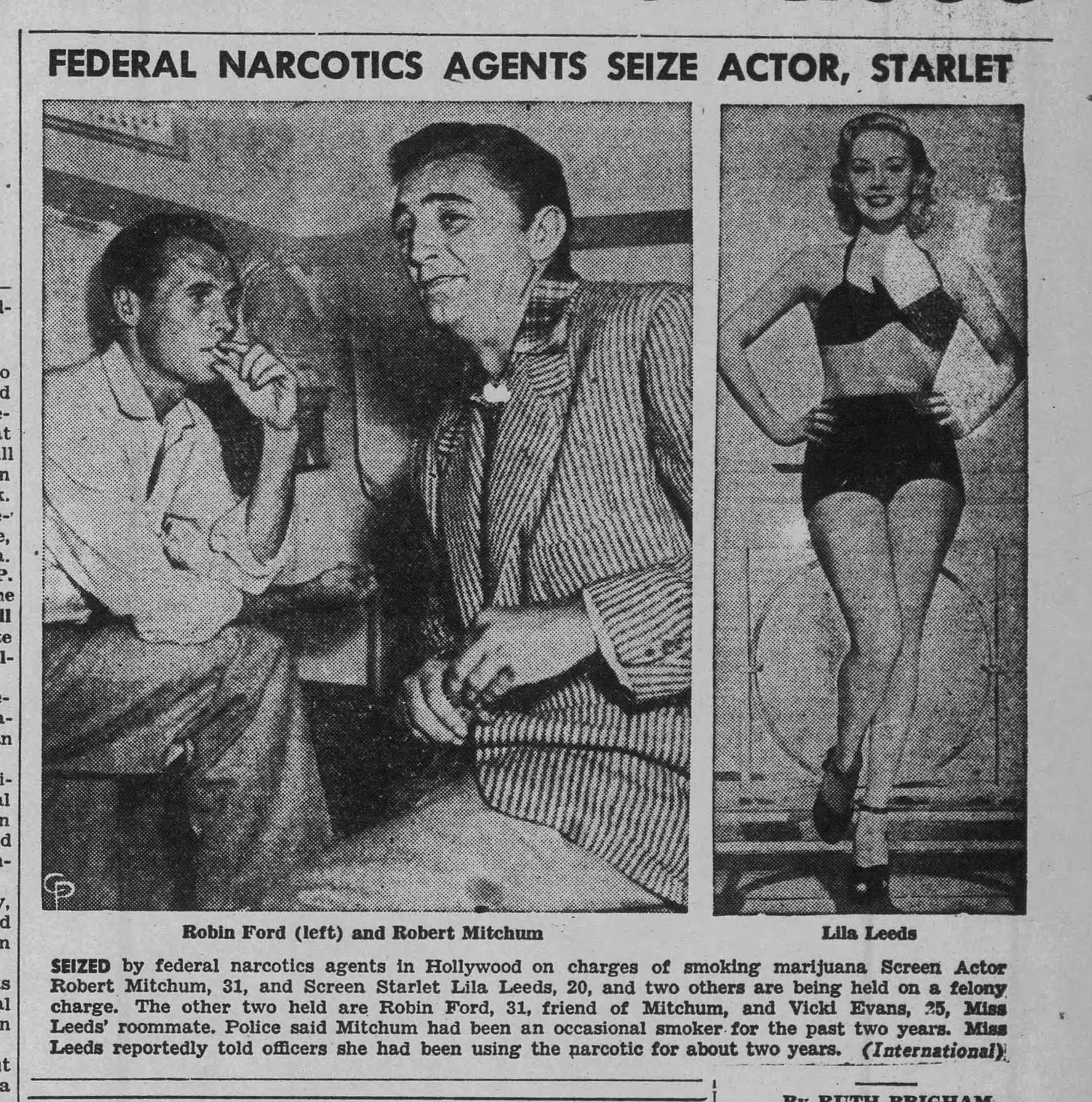
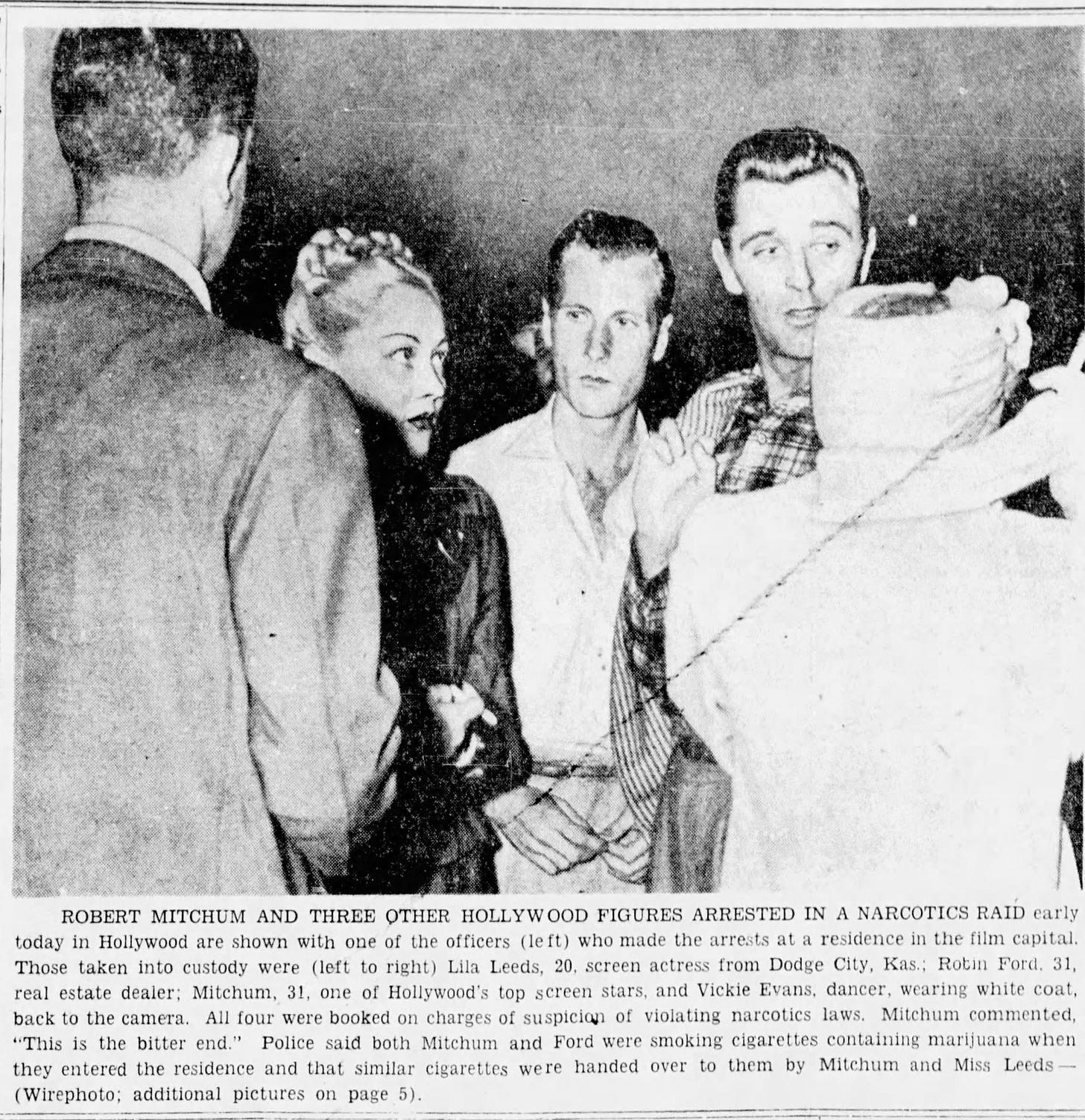


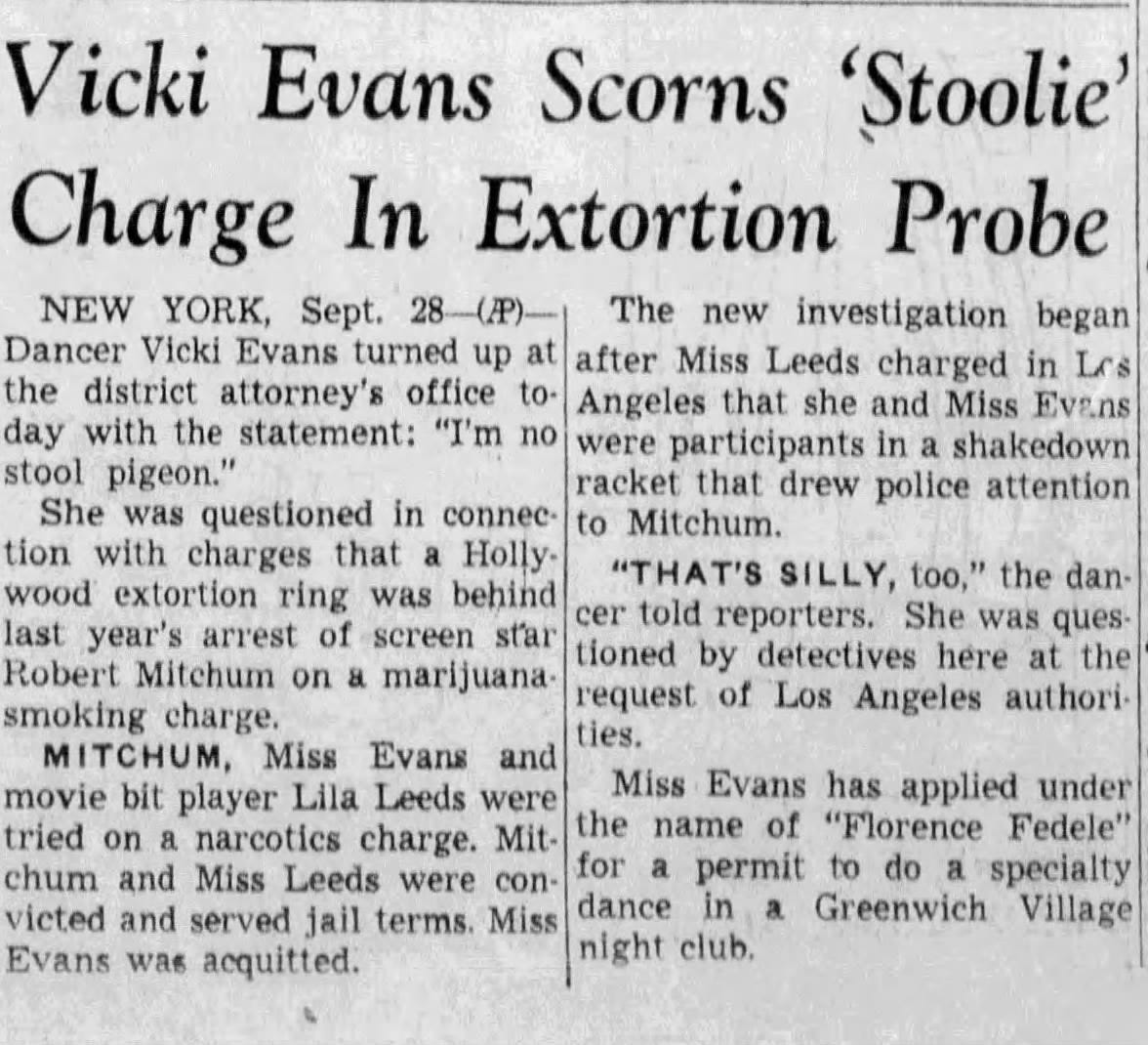
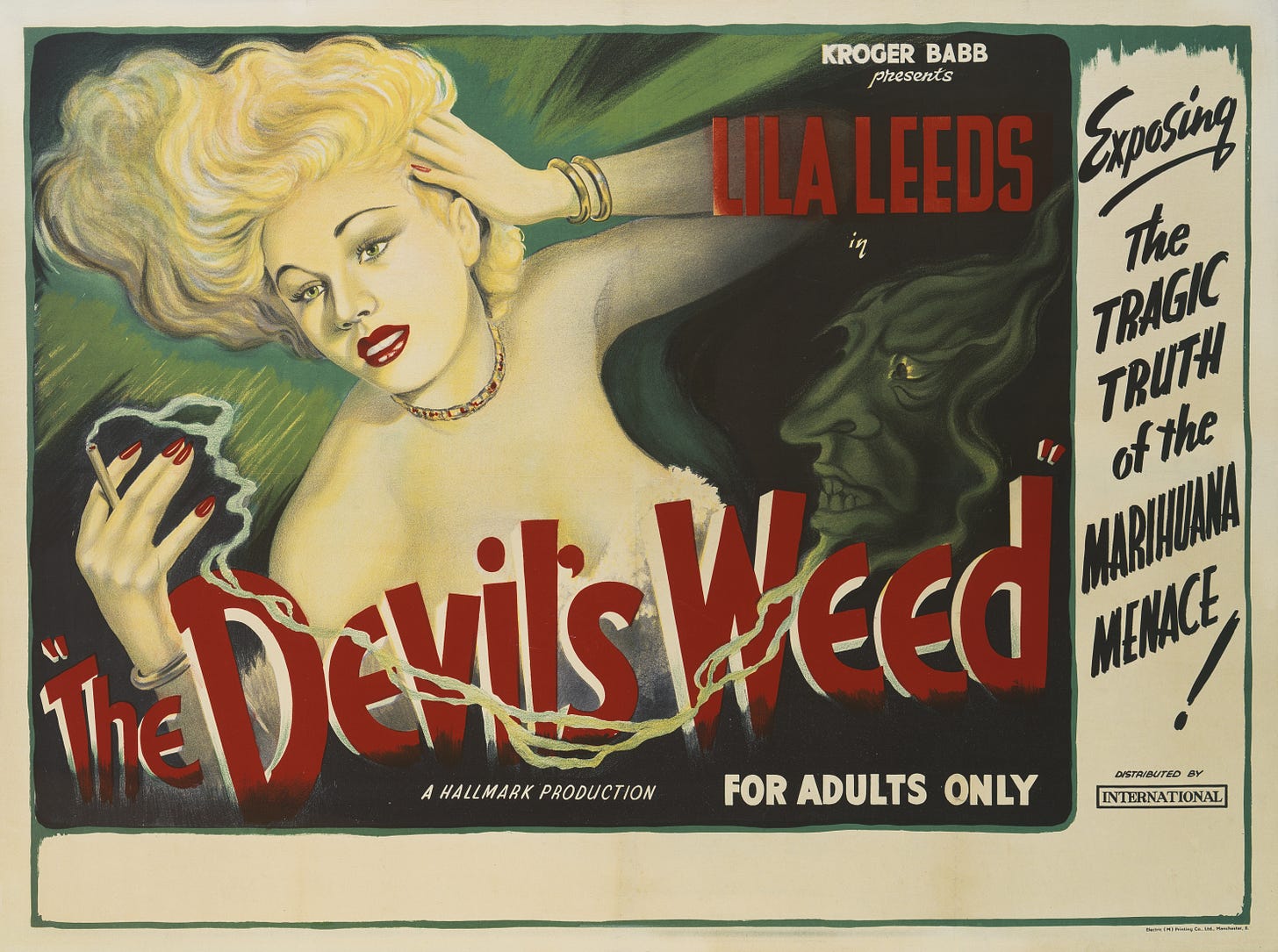
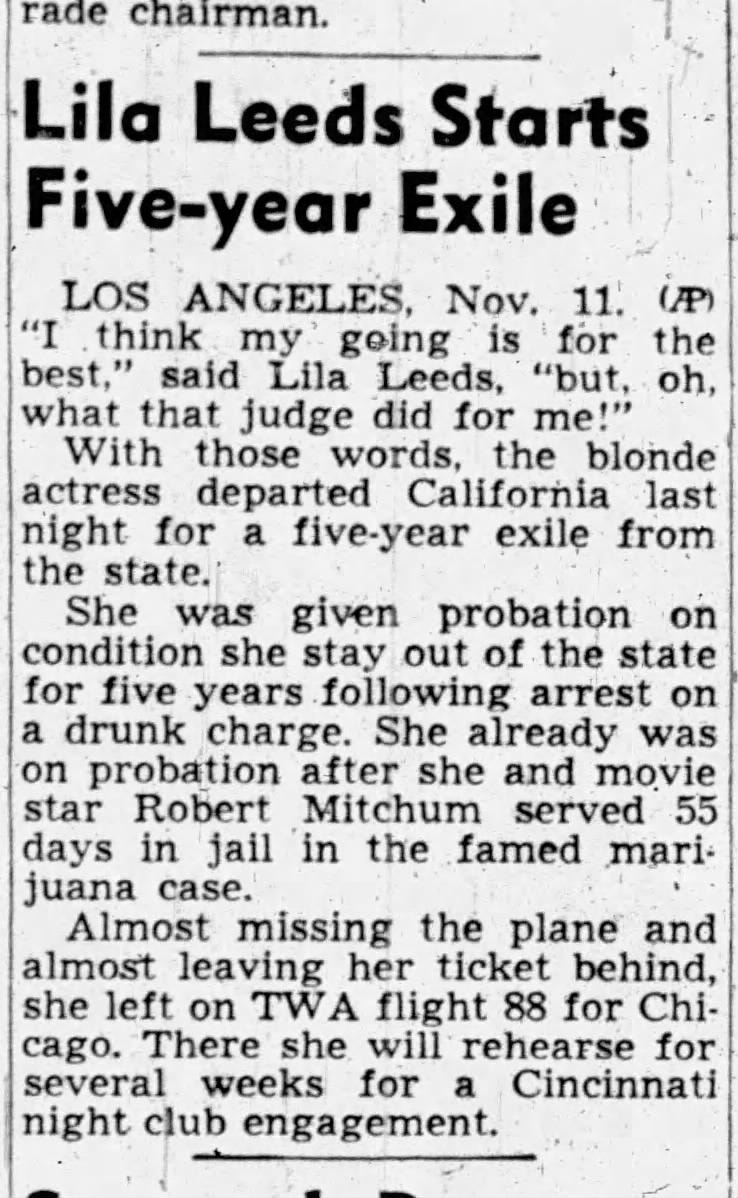
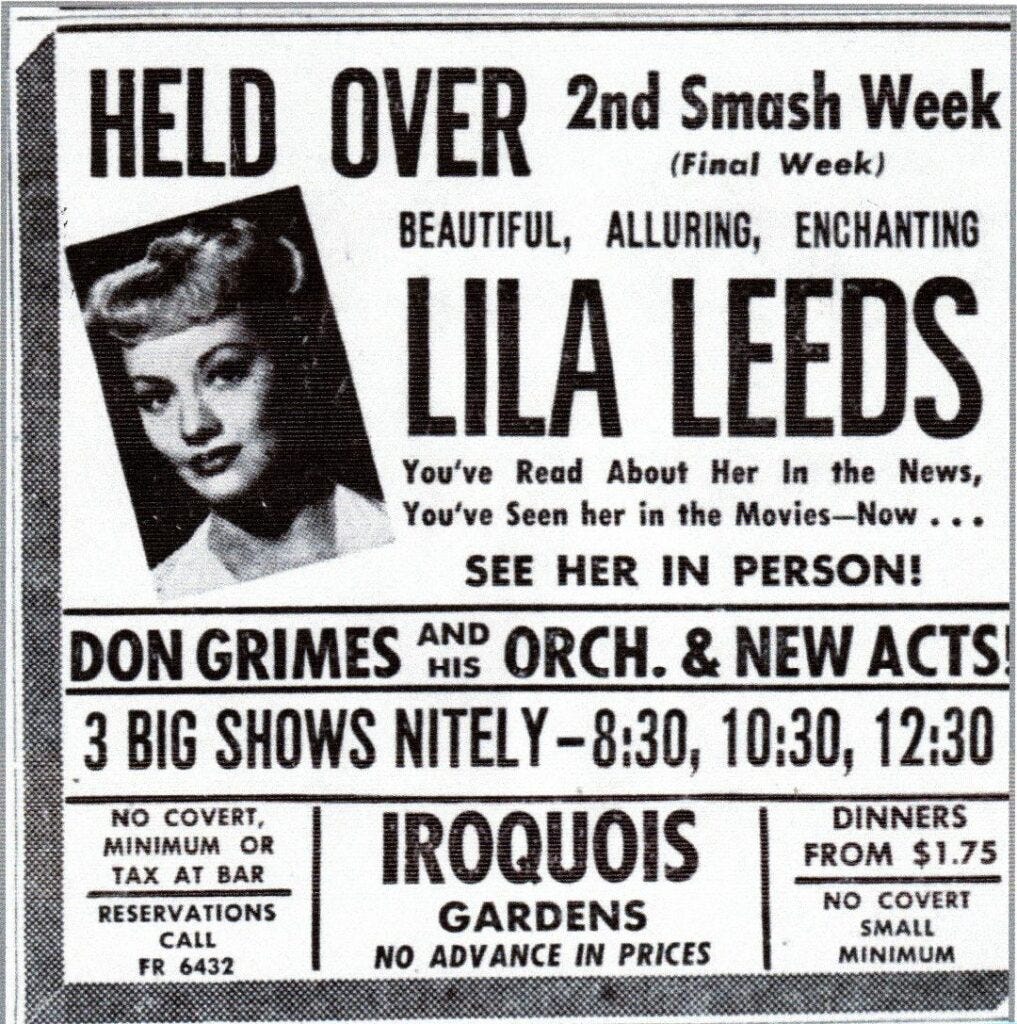
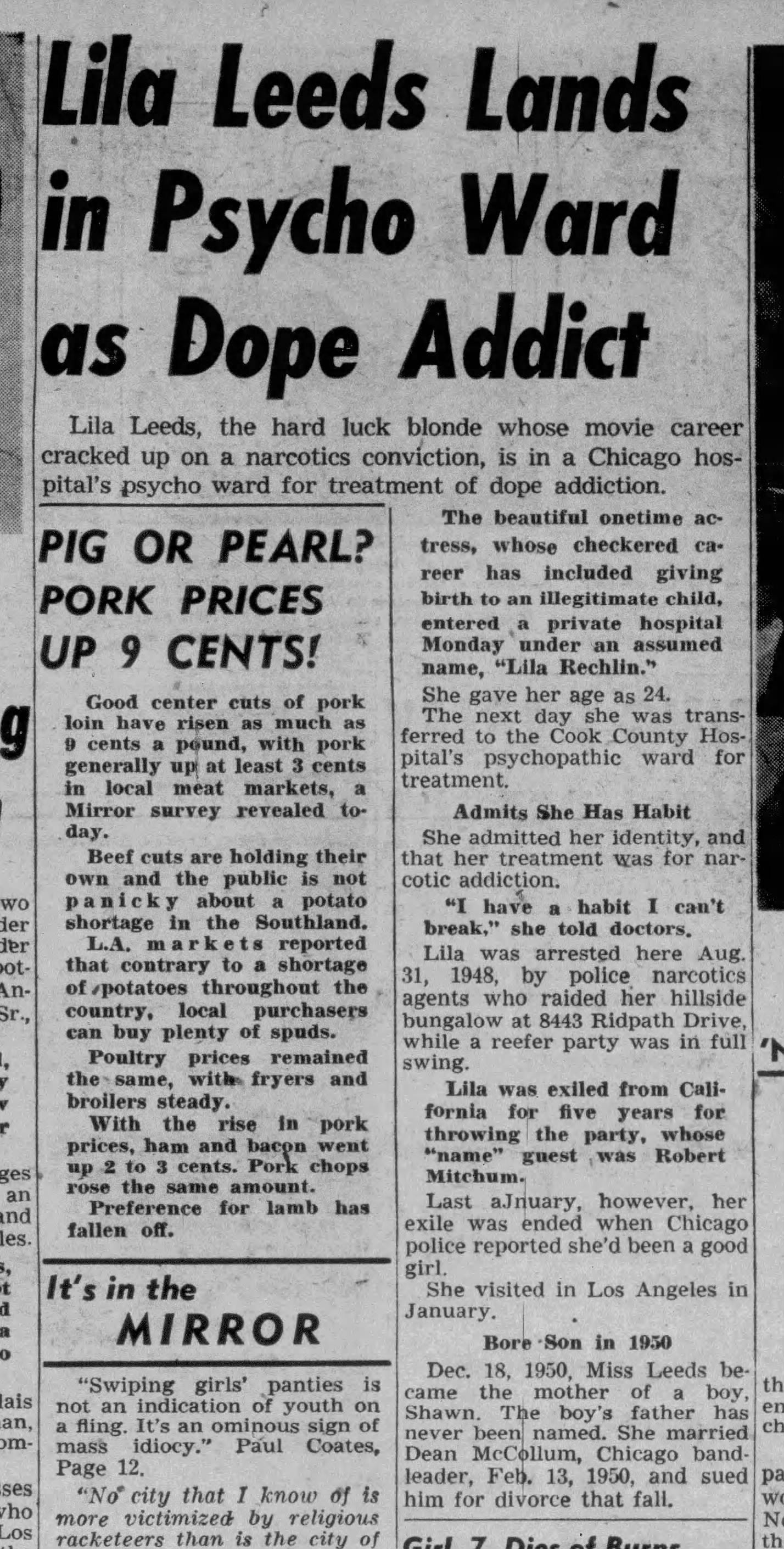



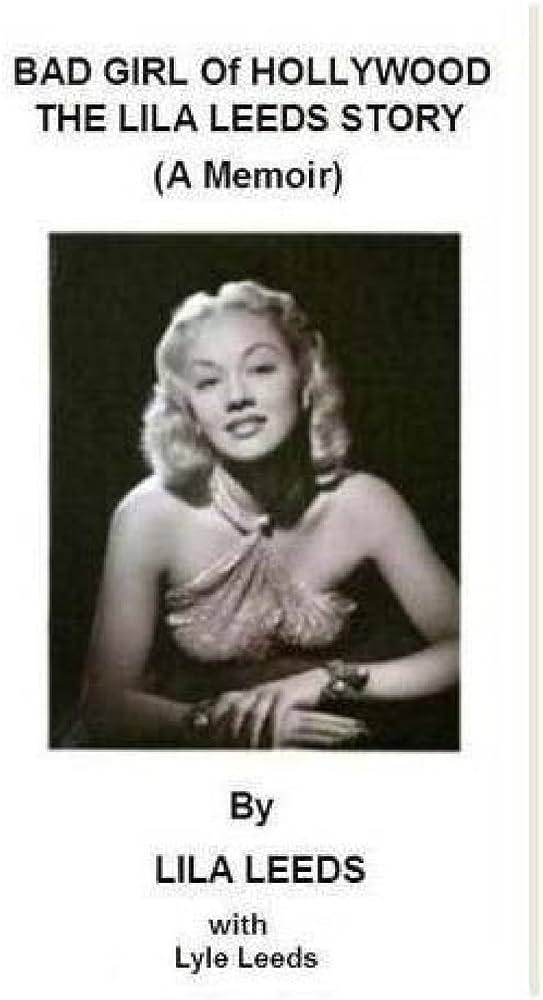

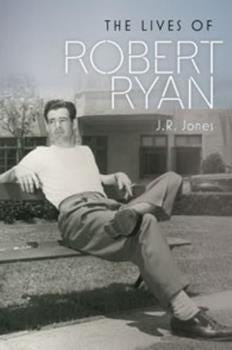

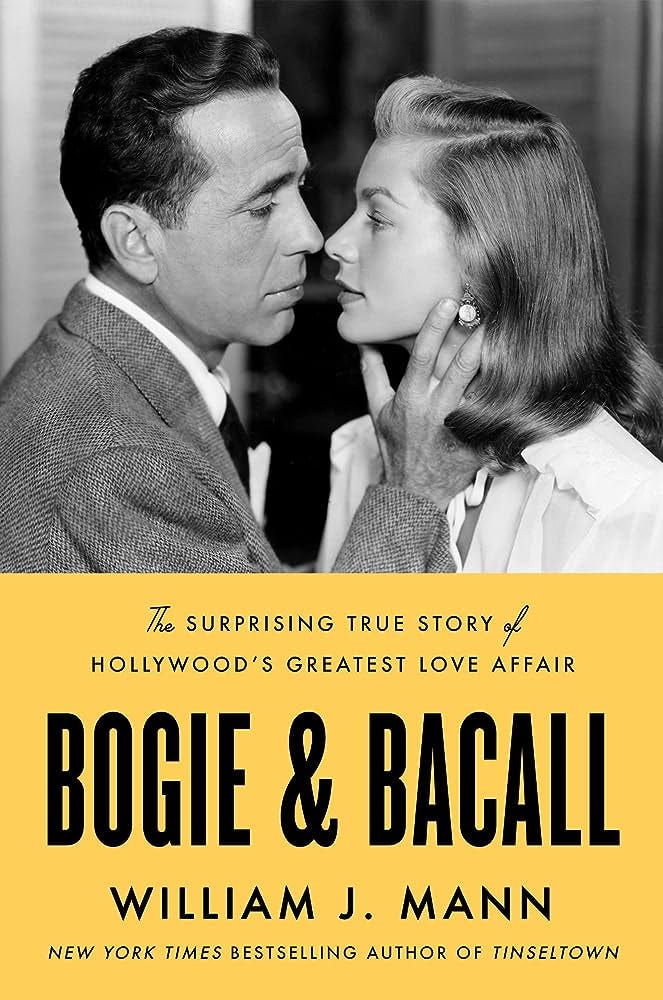
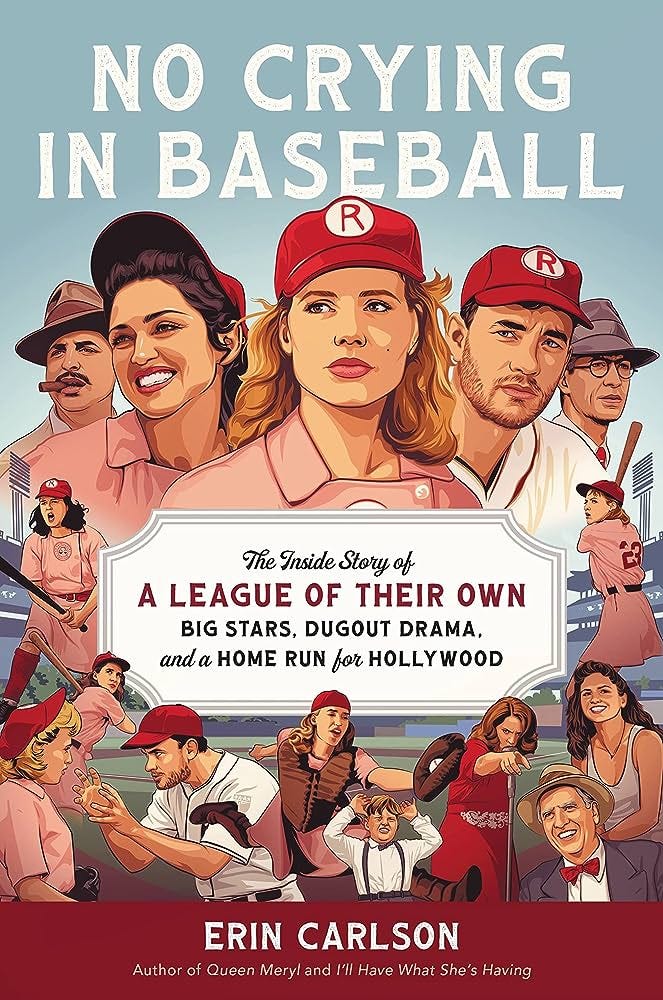
Thank you so much for the shoutout! There are many wonderful recs that I am looking forward to check out. Also, the story of Lila Leeds was fascinating to read. What a journey and what a way to see the double standards that still resonate, sadly. Mitchum's public image got 'cooler' in a way and Lila's plummeted. So glad to read she turned it around, what a lady!